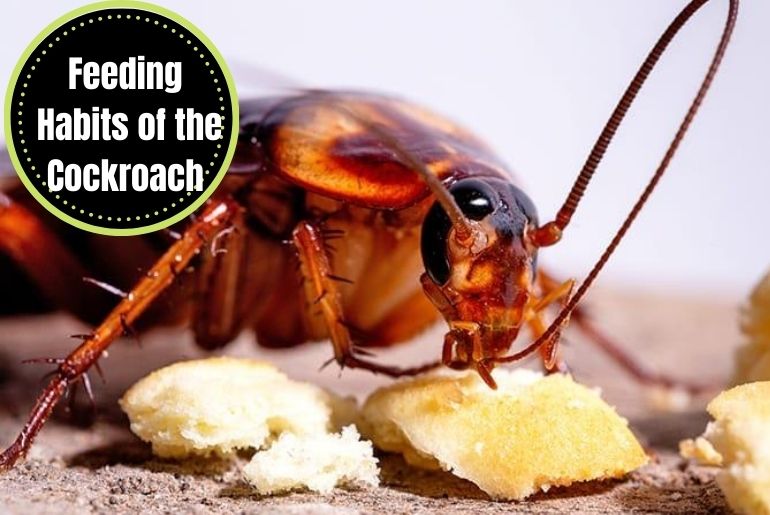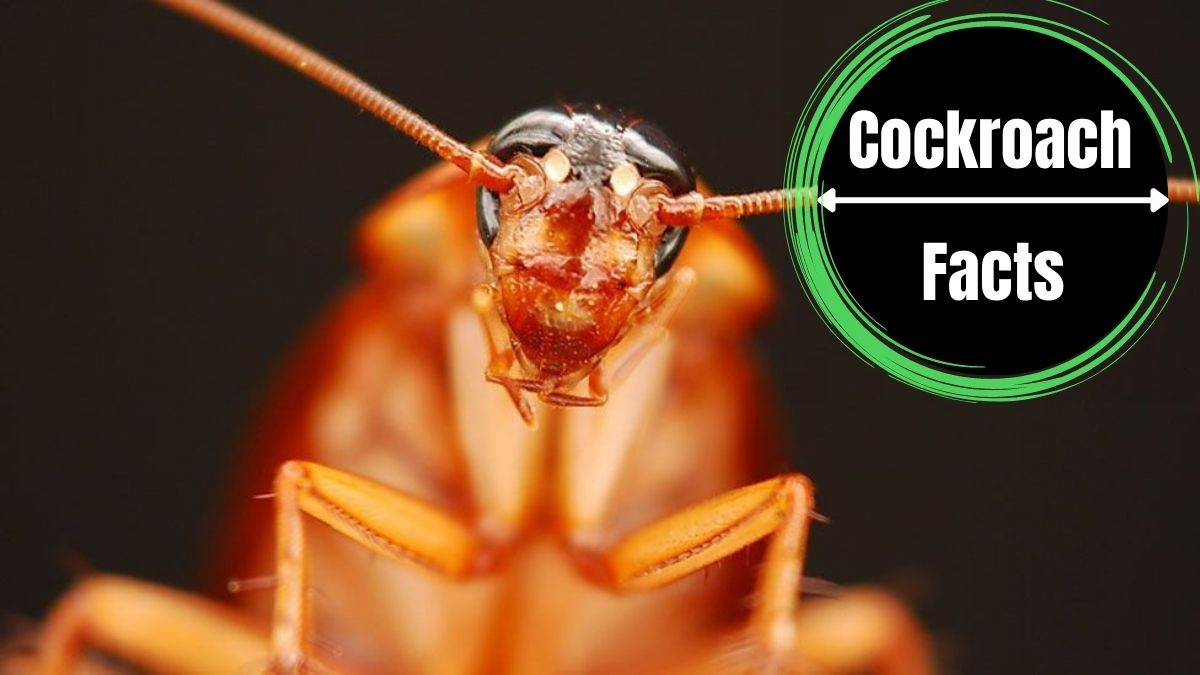Cockroaches are one of the most common household pests that can cause a lot of problems. These insects are notorious for their ability to survive in almost any environment and are known for their quick movement and disgusting appearance. One of the most intriguing parts of a cockroach’s anatomy is its mouth, which is used for feeding and survival. In this guide, we will explore the fascinating world of the cockroach mouth, including its structure, function, and feeding habits.
Structure of the Cockroach Mouth
The cockroach mouth is a complex structure that consists of several parts, each with its own function. The mouth of a cockroach is located on the underside of its head and is made up of two main parts: the labium and the mandibles. The labium is a flat, tongue-like structure that covers the mandibles and serves as a protective sheath for the mouthparts.
The mandibles are the main feeding structures of the cockroach mouth. They are two pairs of strong, sharp jaws that are used for biting and grinding food. The mandibles are made of chitin, which is a tough, flexible material that is similar to the exoskeleton of the cockroach. The mandibles are operated by powerful muscles that allow the cockroach to grasp, crush, and chew its food.
Function of the Cockroach Mouth
The cockroach mouth is primarily used for feeding and survival. Cockroaches are omnivores, which means that they eat both plant and animal matter. They are also scavengers and will eat almost anything they can find, including garbage, decaying organic matter, and even other insects. The mandibles of the cockroach are well adapted for biting and grinding food, and the cockroach mouth can process a wide variety of food types.
Feeding Habits of the Cockroach
Cockroaches have a voracious appetite and will eat almost anything they can find. They are nocturnal insects and are most active at night, when they come out of hiding to feed. Cockroaches are attracted to food sources that are high in carbohydrates, such as sugar, bread, and other baked goods. They also like fatty and oily foods, as well as proteins, such as meat and cheese.

When a cockroach finds a food source, it will use its antennae to taste and smell the food. If the food is deemed safe to eat, the cockroach will use its mandibles to bite and chew the food into small pieces. The cockroach mouth also has special glands that secrete digestive enzymes, which help to break down the food into simpler compounds that can be absorbed by the cockroach’s gut.
Conclusion
The cockroach mouth is a complex structure that is well adapted for feeding and survival. The mandibles of the cockroach are powerful jaws that are used for biting and grinding food, while the labium serves as a protective sheath for the mouthparts. Cockroaches are omnivores and will eat almost anything they can find, including garbage, decaying organic matter, and other insects. The cockroach mouth also has special glands that secrete digestive enzymes, which help to break down the food into simpler compounds that can be absorbed by the cockroach’s gut. Understanding the structure and function of the cockroach mouth can help homeowners prevent infestations and keep these pests under control.

